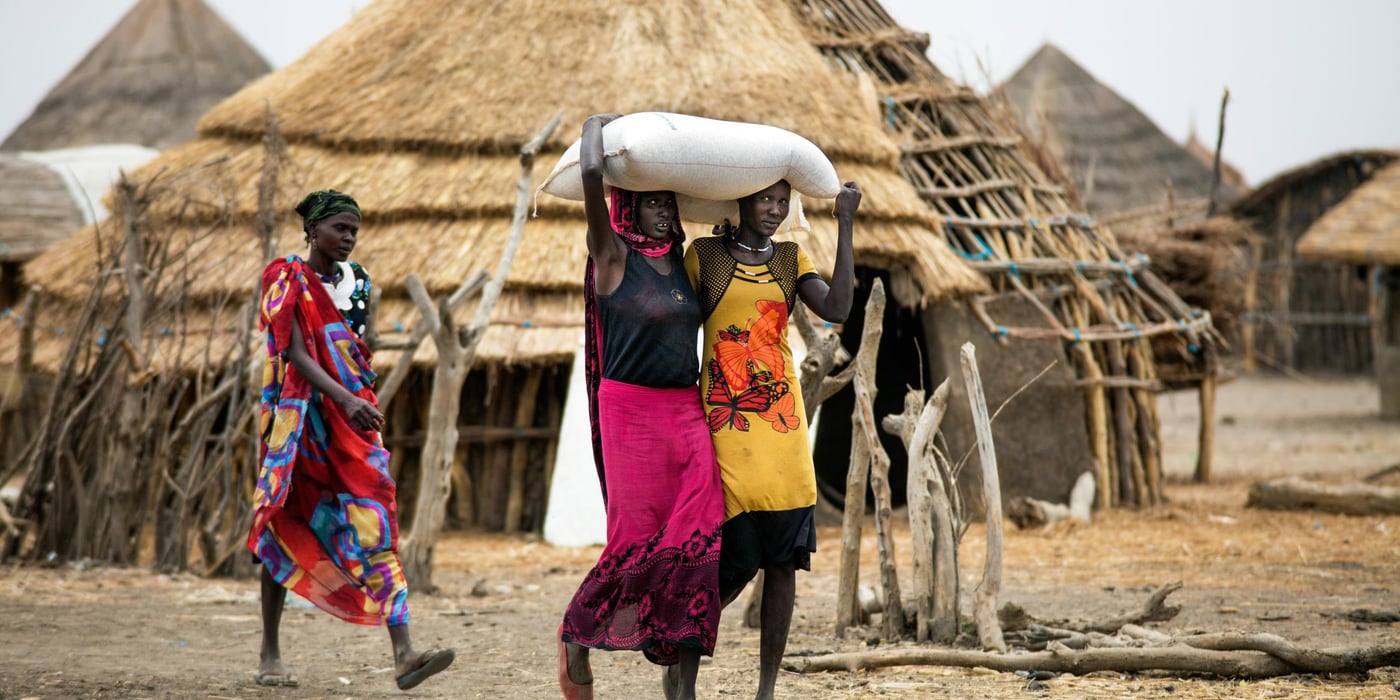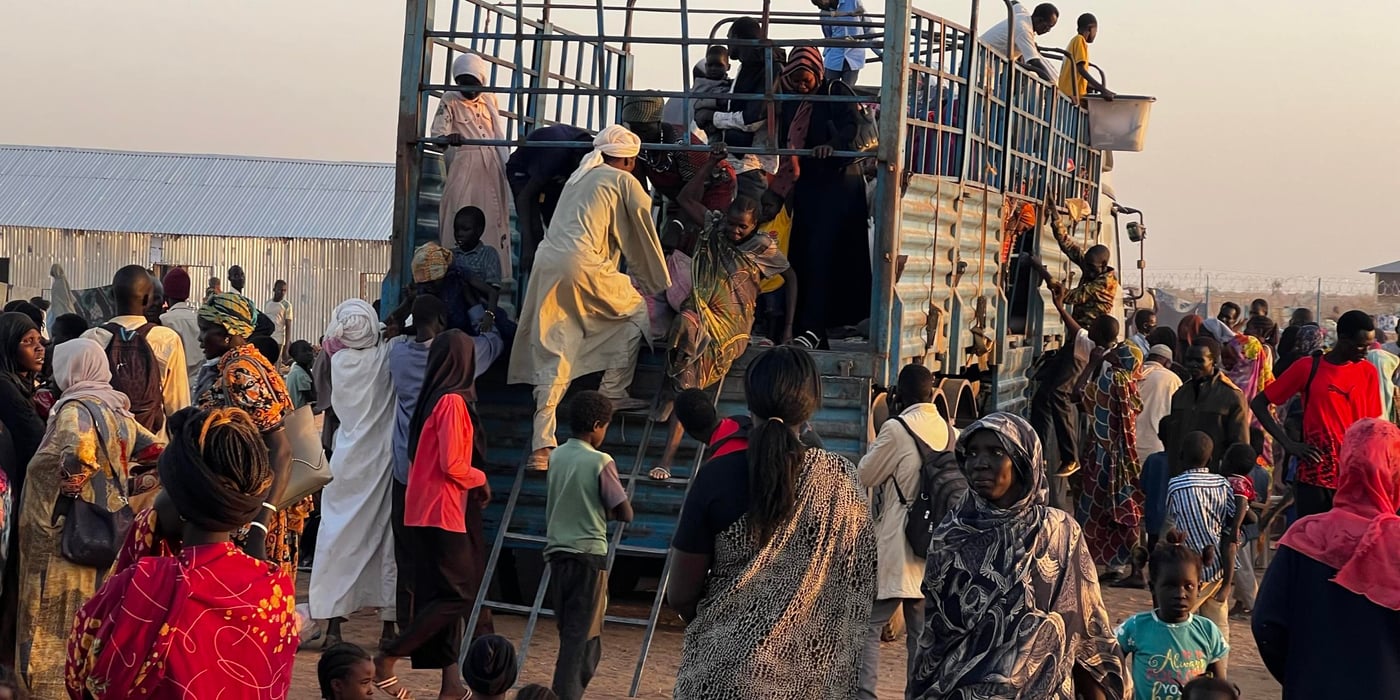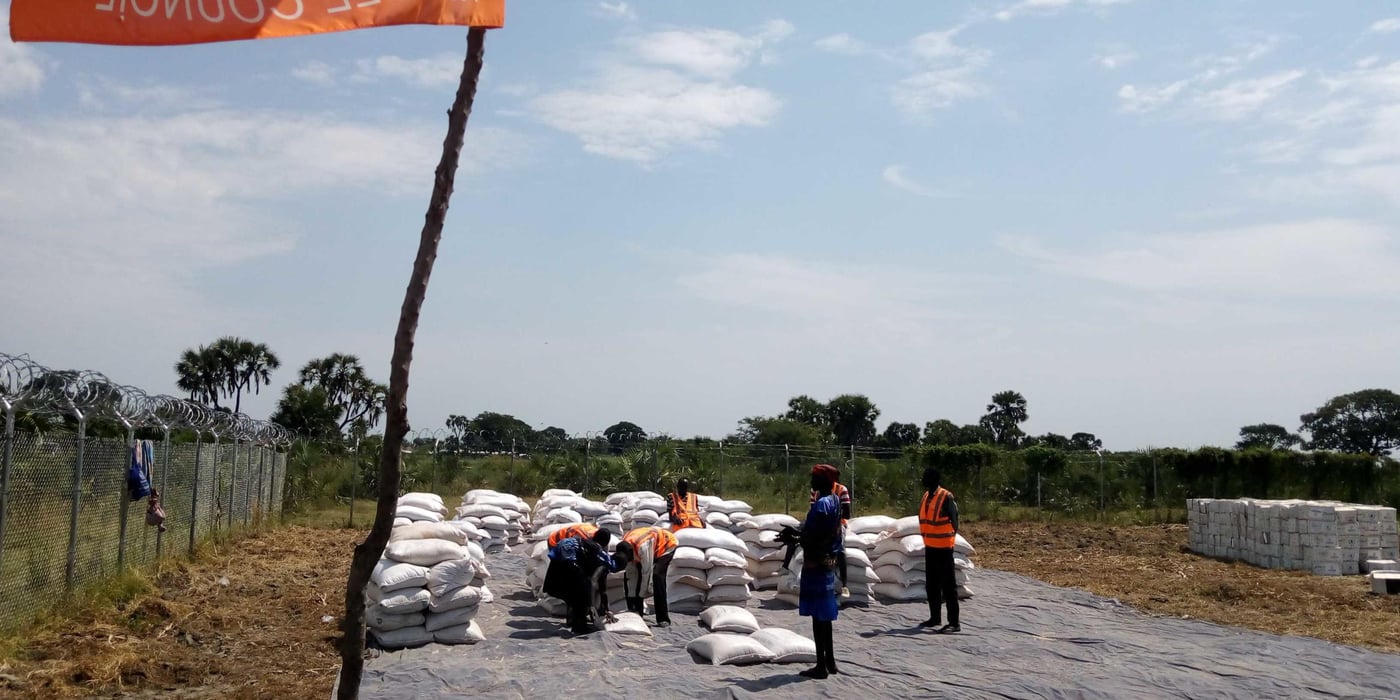
“South Sudan’s Independence Day is overshadowed by conflict and an unprecedented food crisis. While independence brought hopes of peace and development six years ago, today’s ongoing conflict has resulted in four million South Sudanese having to flee their homes. With more people facing a severe food crisis every month, there is unfortunately little reason to celebrate,” said Country Director for the Norwegian Refugee Council Rehana Zawar.
Close to two million people have fled South Sudan, about half of them finding refuge in Uganda. The number of refugees has more than doubled since renewed fighting broke out in the capital Juba in July 2016. Another two million people have fled their communities seeking safety in swamps, remote areas and other parts of the country.
Fighting and displacement have prevented many farmers from planting crops and people from accessing markets, contributing to a desperate food emergency. Today six million people, roughly half of the population, do not have enough to eat. Although famine conditions recently subsided in Leer and Mayendit counties thanks to humanitarian assistance, the number of people on the brink of famine has increased to 1.7 million.
In addition to the conflict and hunger, cholera is spreading. More than 11,000 cases of cholera have been confirmed since South Sudan’s worst cholera outbreak began about year ago, and 190 people have died to date.
Adding to the hardship, with the conflict spreading to new areas and access restrictions, aid agencies face increasing difficulty and risks to reach those in need. Without lasting peace the humanitarian emergency will continue and worsen.
“South Sudan needs continued support for the humanitarian response more than ever before from international donors. The country will likely face a new famine on a greater scale in the coming year if relevant support is not provided,” said Zawar.
“Humanitarian agencies need free and secure access to communities in need to be able to deliver life-saving assistance effectively. The Norwegian Refugee Council urges all parties to the conflict to suspend hostilities, ensure protection of civilians, engage in meaningful dialogue, and work towards a lasting peace,” she added.
- About 4 million people have been forced to flee their homes, more than half of them are children.
- 2 million people have been internally displaced, and
- 1,930,000 refugees are in neighbouring countries, with close to a million in Uganda alone.
- The government declared famine in Leer and Mayendit in Unity State on 20 February 2017, becoming the first country to do so since 2012. Successful humanitarian response has now eased the famine.
- Still, the number of people on the brink of famine across the country has increased from 1 million to 1.7 million people over recent months.
- 6 million people are severely food insecure.
- So far this year, donors have contributed 50 per cent of the funding needed according to the humanitarian needs assessment and appeal for 2017.
- NRC programmes to affected families in South Sudan include food security and livelihoods, education, water, sanitation and hygiene, Shelter & NFI and support for information, counselling and legal assistance. NRC provides these relevant services through its Static presences and rapid response team.
- NRC is responding to the cholera outbreak by drilling borehole wells, distributing hygiene kits, and conducting hygiene promotion activities in high risk areas for cholera.
- NRC has been present in South Sudan since 2004.
- Geno Teofilo, Media Adviser for East Africa, geno.teofilo@nrc.no, +254 702 910 077
- Tiril Skarstein, Media Adviser, tiril.skarstein@nrc.no, +47 905 69 287
Photos from South Sudan are available here for free use.



